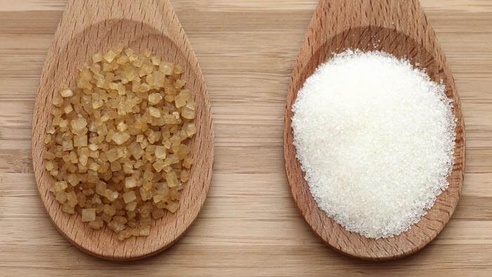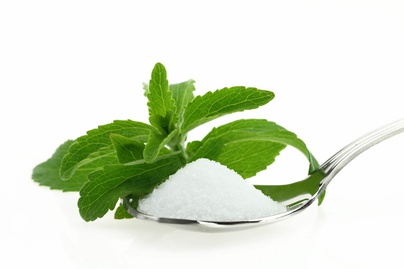As the summer approaches, we want to slim down our figure and get rid of the unsightly bulges we accumulated during the winter. Very quickly, regimes will be put in place, not always effective or interesting, but that is how society has conditioned us. This is how the world works, by habit, by reflex. However, the most important thing is the knowledge of what we ingest and what we put on our plate.
The foods we eat on a daily basis are composed of 4 main groups:
- proteins,
- lipids (fats),
- carbohydrates (sugars) and
- the vitamins and minerals group.
Let's analyze today the sugars that are increasingly present in our diet. These insidious little monsters are everywhere and the manufacturers take advantage of the consumer's thirst to add more and more. Learning to read labels is very important in order to detect the poisons that are hidden in our food.
Sugar soothes, tranquilizes and is often associated with gratification. Very often, children are rewarded with candy or sweets so very quickly we become conditioned. This sugar has become restorative and synonymous with a cocoon in which one locks oneself up to protect oneself from an overly stressful, arduous and sometimes complicated daily life. The hardest part will be to get out of this vicious circle, this bad habit because studies prove it: sugar calls for sugar. The more you consume, the more you want.
Sucrose, that processed sugar, the white table sugar, is not natural and we have not been programmed to absorb it and therefore, the damage can be numerous if we absorb it daily. Moreover, it contains neither vitamins nor minerals and therefore no nutritional interest for our body.
These are empty calories. While eviction would be the ideal solution, there are, fortunately, interesting natural substitutes:
- Natural Xylitol is made from birch bark. It has the same sweetening power as white table sugar but with a calorific value of 2.4 Kcal/g and a low glycemic index of 7*. Unlike other sugars, it is not acidifying for the body and is therefore very interesting. However, beware of synthetic xylitol that can be found in some chewing gums.
- Tagatose is a natural sugar obtained by hydrolysis of lactose. It is recommended for diabetics and overweight people because it has many advantages including the glycemic index close to zero and the calorific value of 1.5 Kcal/g. Note its prebiotic effect which preserves the intestinal flora.
- Stevia is a plant from South America that is no longer mentioned given its current popularity. The only disadvantage is its strong taste of licorice that you can appreciate or not. In cooking, it is suggested to mix it with another component to camouflage the flavor.
- Agave syrup, this liquid sugar with a very sweetening power (3 times more than traditional white sugar) is very well known and renowned. Its low glycemic index of 15 helps avoid insulin spikes. This is thanks to the fructose that makes up more than 60% of it, but it is not recommended to consume it as a daily sugar.
- Coconut blossom sugar sugars with half the calories of white sugar. It has the advantage of being composed of B vitamins and minerals such as potassium, iron or even zinc. Its glycemic index of 35 is therefore perfectly suitable for diabetics.
There are many alternative sugars but not all of them are natural. Let's avoid synthetic sugars such as aspartame, sucralose or advantame. If you are diabetic or trying to lose weight, consult your naturopath or nutritionist who may be able to recommend certain supplements appropriate to your situation.
*Note: White sugar has a calorific value of 4 Kcal/g and a glycemic index of 68.




